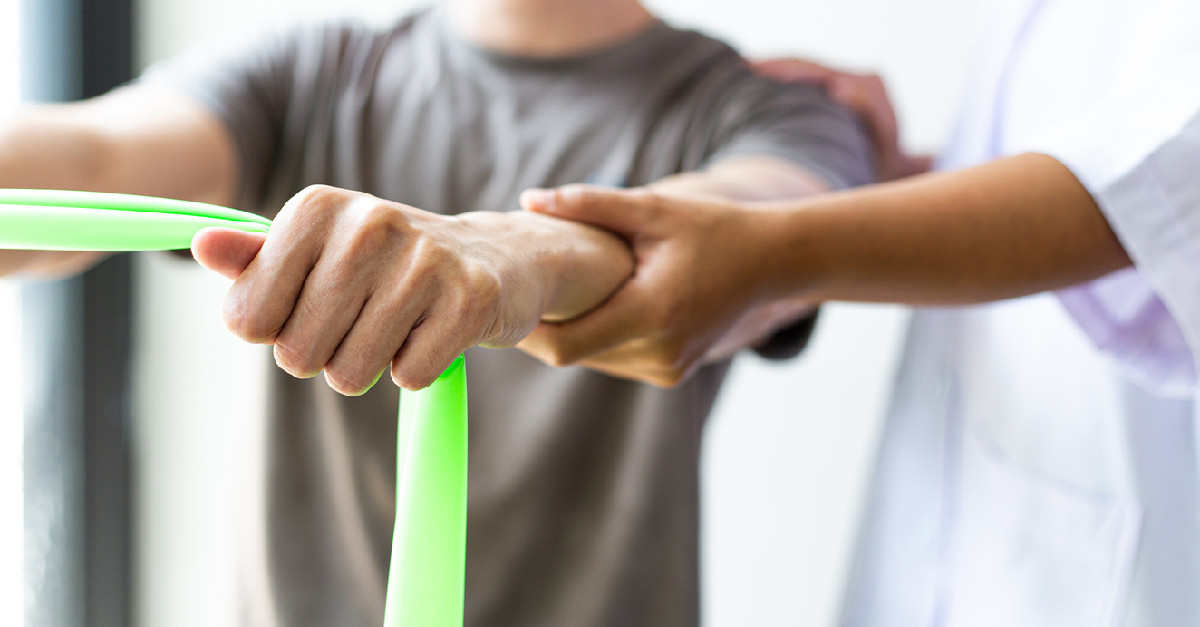Joint conditions like arthritis can be painful and debilitating. While there’s currently no cure for arthritis, medical advancements have made joint replacement surgeries designed to alleviate pain more effective than ever. In fact, these procedures are considered among the safest and most dependable treatments in medicine, with knee and hip replacements typically serving as a lifelong remedy for arthritis.
For the hundreds of thousands of people in the U.S. who receive joint replacement surgery each year, ensuring a smooth recovery is a priority. That starts with having the right aftercare, including physical therapy. Here’s a look into how post-surgery physical therapy can help you recover from a joint replacement.
The Importance of Joint Replacement Physical Therapy
Physical therapy is performed by specialists and can encompass several treatment modalities. For example, physical therapists may use hands-on techniques like manual manipulation or massage, as well as rehabilitative exercises and heat or cold therapy. Their goals are to facilitate the best post-surgical outcomes while minimizing discomfort as you recover.
In addition to their direct therapeutic services, they’ll also provide education to help you feel better as quickly as possible. Most physical therapy programs also include recommended exercises you can perform at home and lifestyle modifications to further accelerate your recovery.
The physical therapists at Morgan Medical Center are experts in human anatomy, kinesiology, and physiology, and each holds a Doctor of Physical Therapy degree. Working with specialists like ours provides several benefits as you recover:
Pain Reduction
Physical therapy involves both active and passive techniques that can help you manage pain levels following surgery. People who attend physical therapy after joint replacement are less likely to rely on opioids for pain relief. The best outcomes have been reported among patients who begin immediately after surgery, so don’t wait to schedule your first appointment after being discharged. In many cases, small but beneficial physical therapy exercises may even begin while you’re still in the hospital.
Quicker Recovery
There’s a critical window of time directly after surgery when you’ll have the optimal opportunity to work your new joint and the surrounding muscles. Keeping your muscles moving can get rejuvenating blood flowing and prevent scar tissue from developing, which may later lead to restricted range of motion.
In a targeted treatment program, physical therapists work on restoring joint strength and mobility, improving circulation, and strengthening supporting tissue. Together, these efforts can help you recover more quickly than you would without physical therapy. This means you’ll be back to your normal activities earlier, but with a new and improved joint.
Better Mobility
While it’s normal to experience some joint stiffness in the first few weeks after joint surgery, over time, physical therapy can reduce inflammation, leading to better flexibility, strength, and mobility in your joint. If it was hard for you to get around pain-free beforehand, a joint replacement coupled with physical therapy can help you move around comfortably and safely after your healing is complete.
As a leader in both surgical procedures and physical therapy, Morgan Medical Center is committed to staying at the forefront of emerging technologies to support the highest degree of your care. We proudly offer advanced robotic-arm assisted technology for knee and hip replacements to ensure the utmost level of precision. Find out more about our surgical services and post-operative therapies, and contact us at 706-342-1667 for an appointment.

